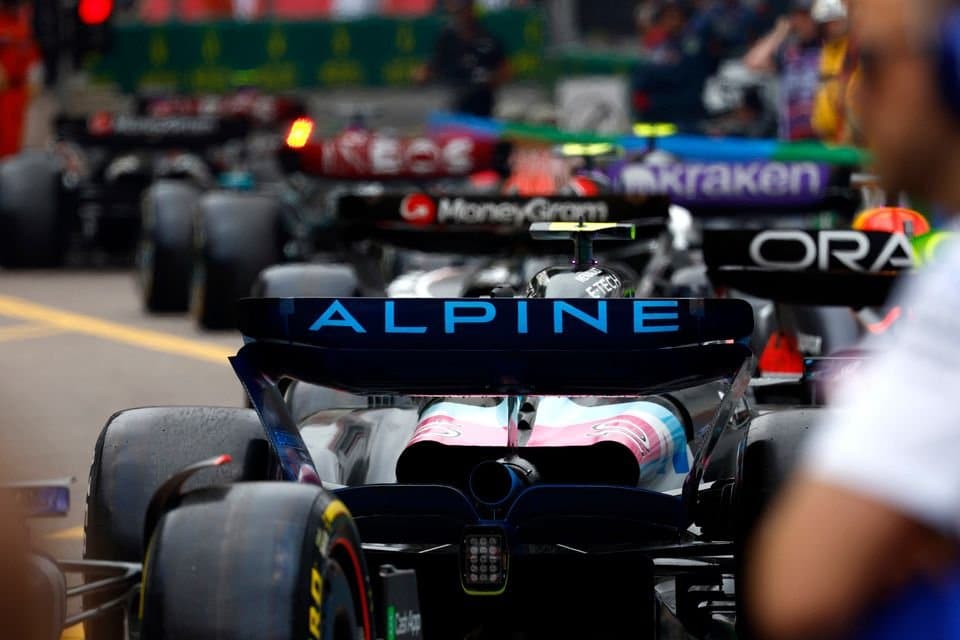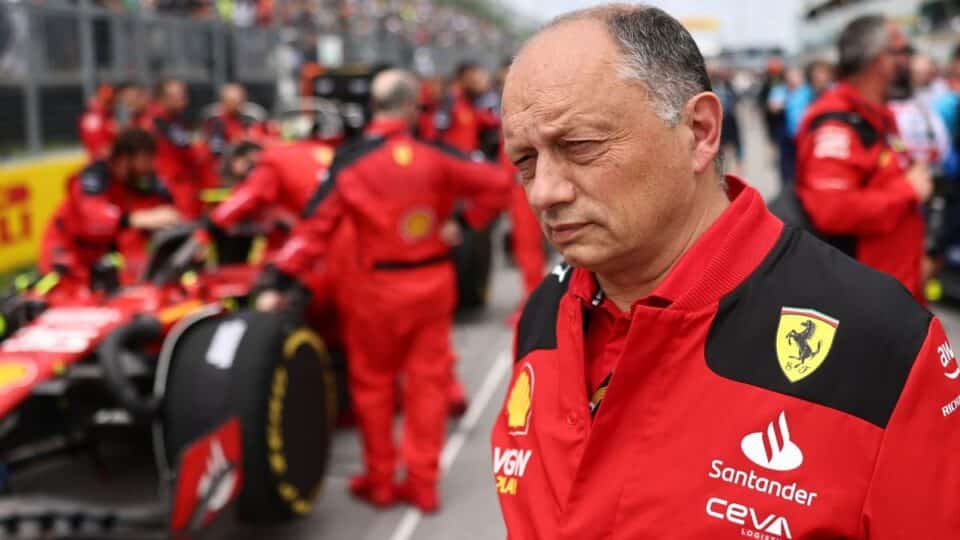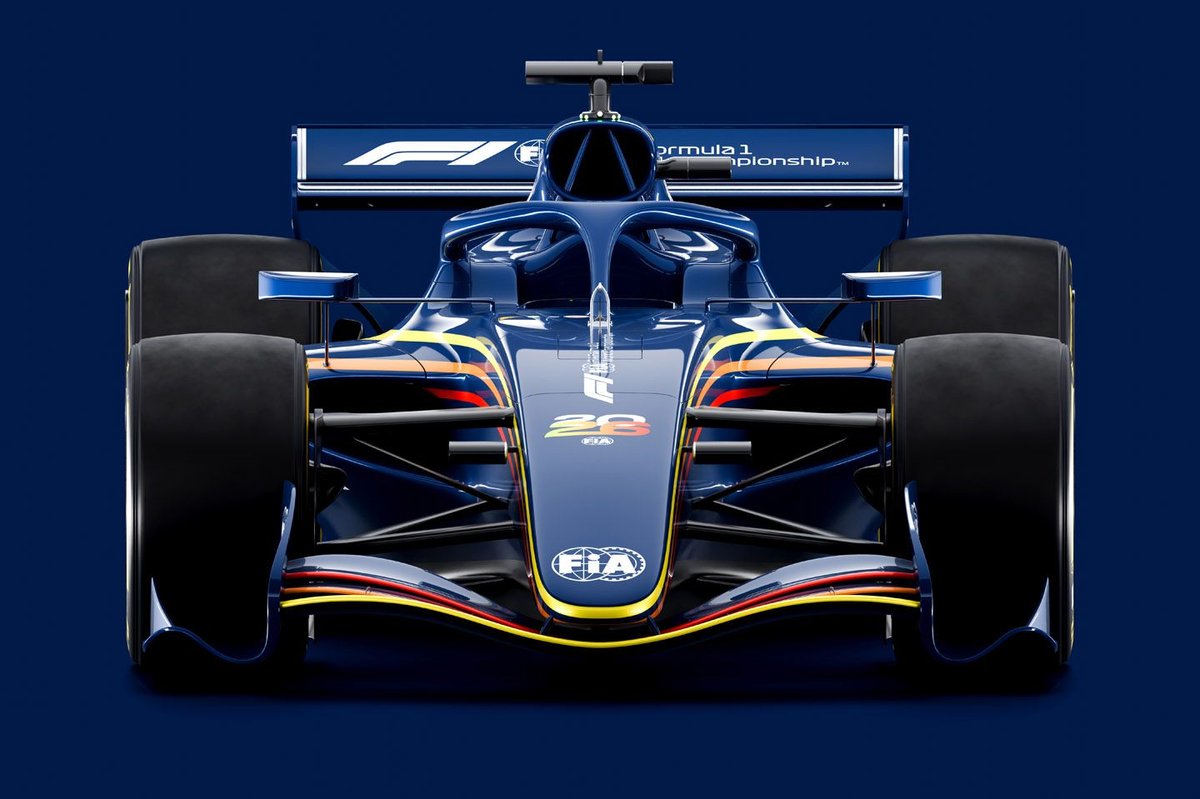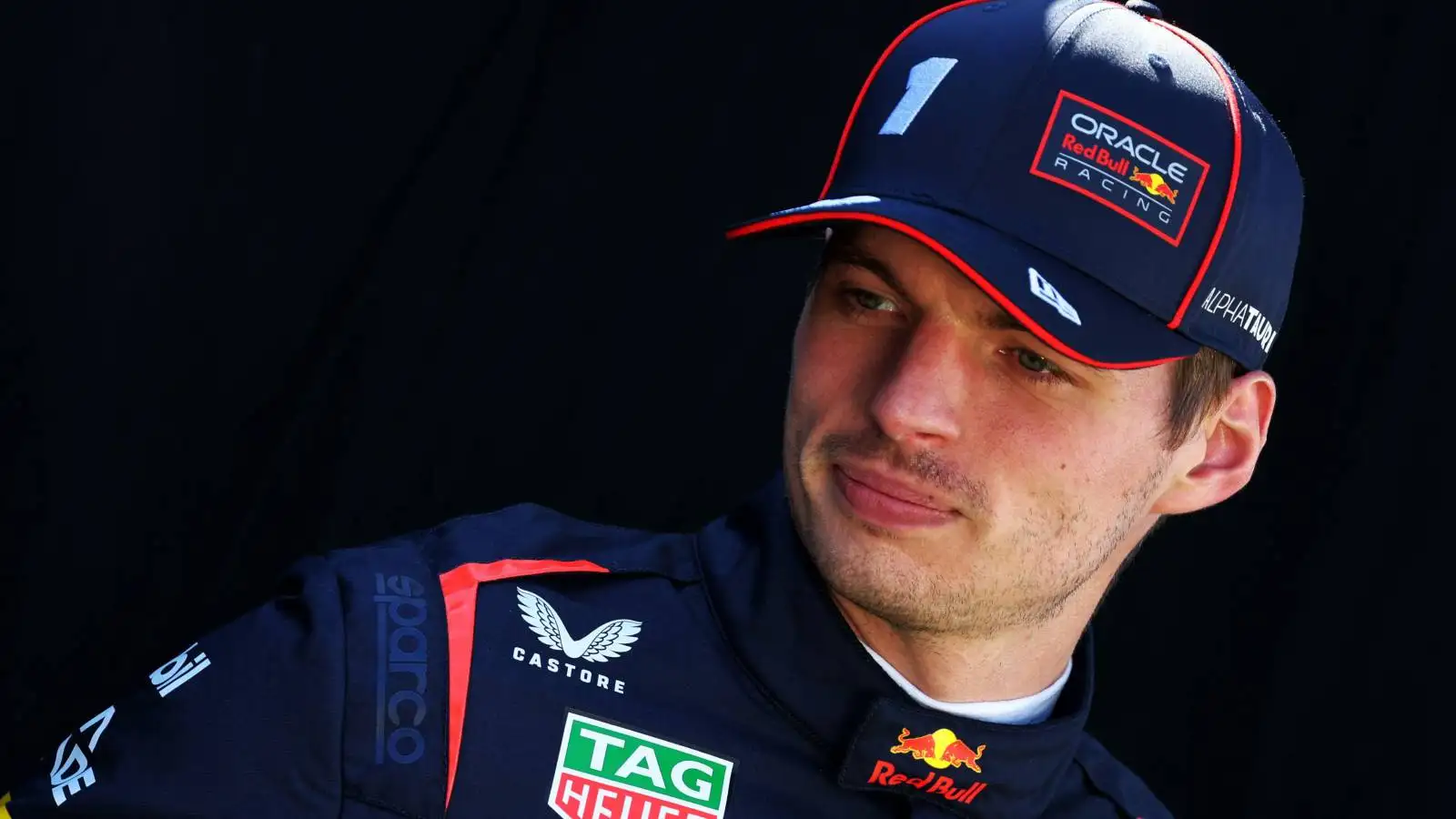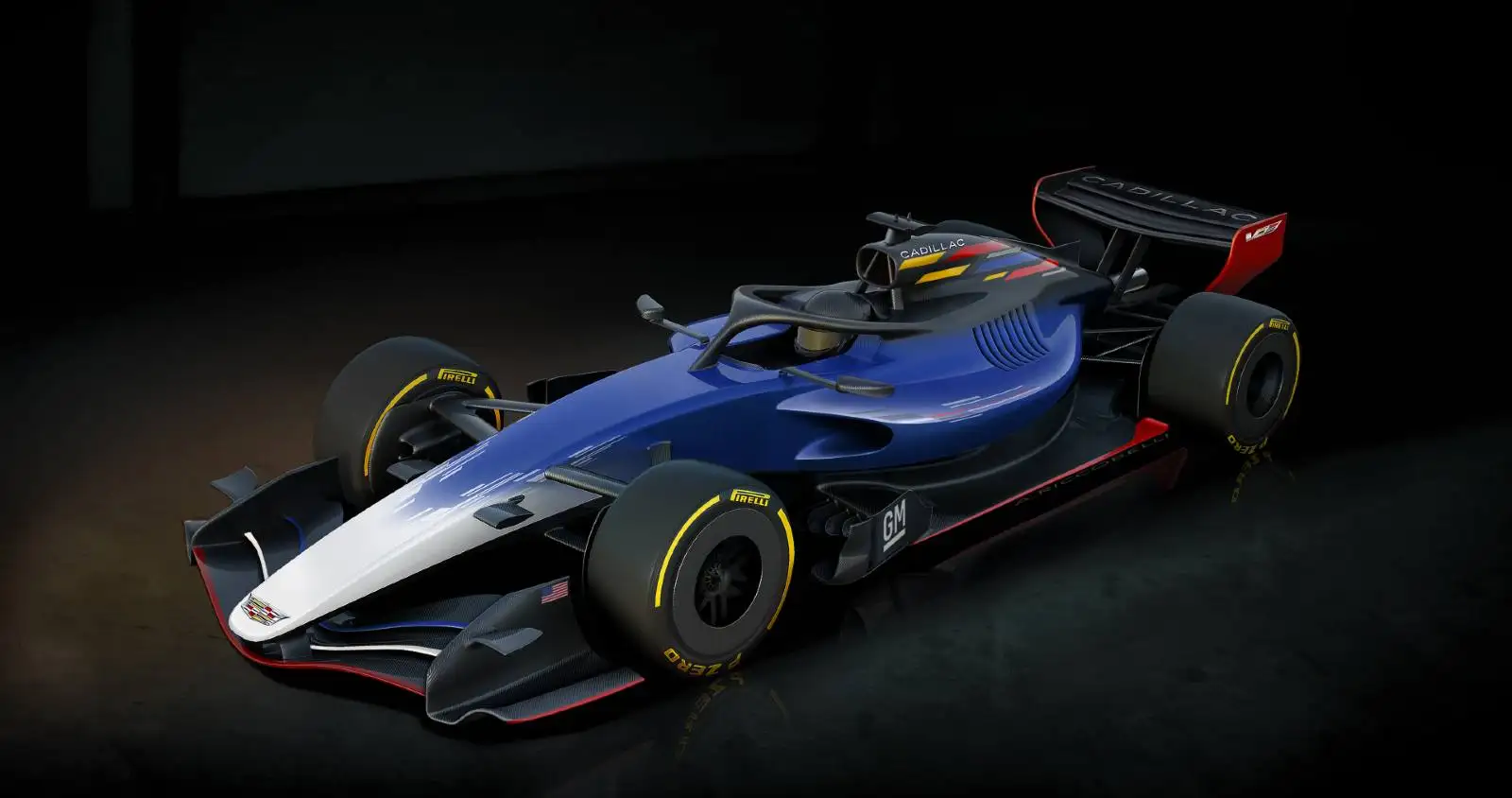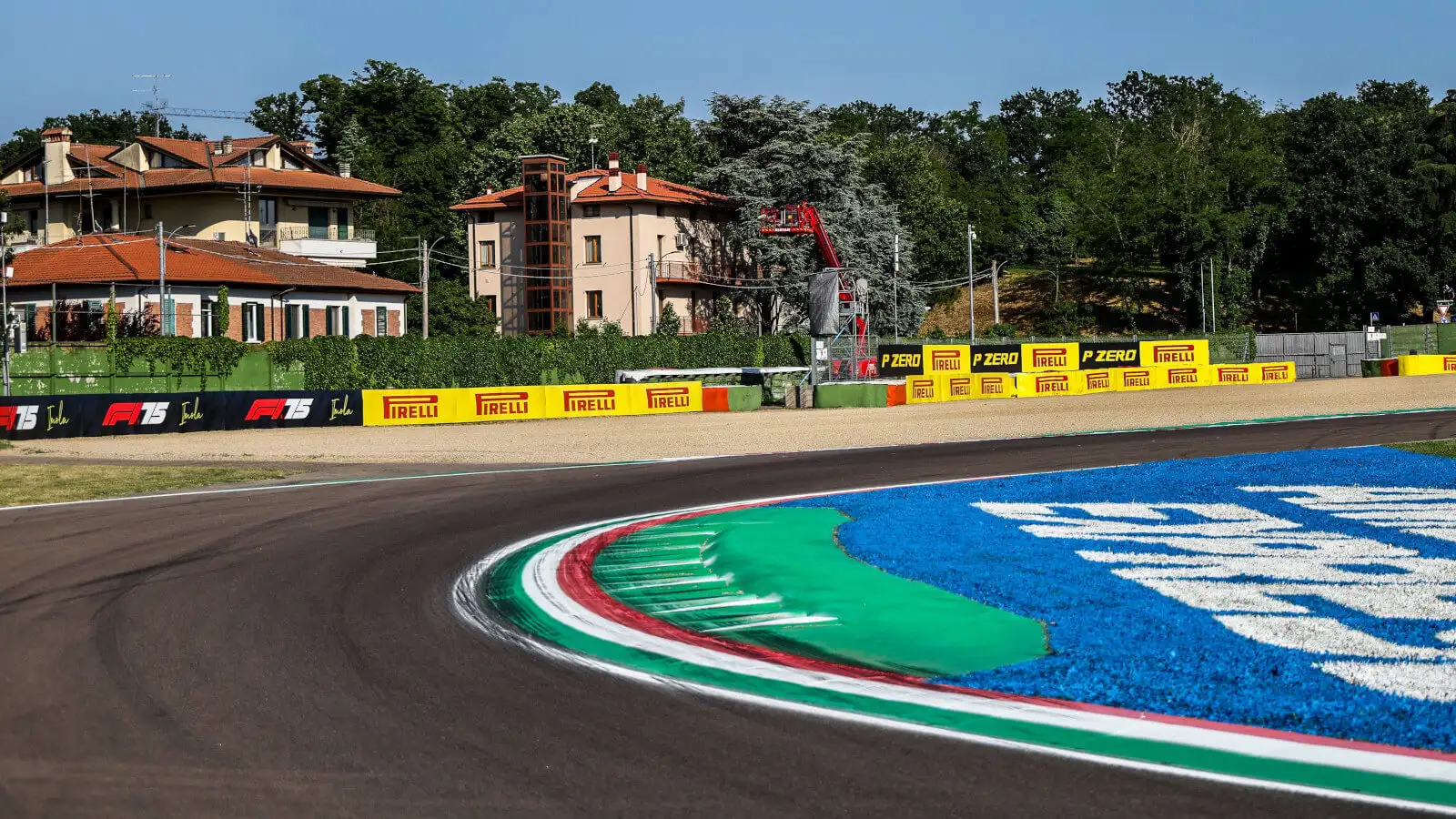Right from the pitlane at the Monaco Grand Prix, there’s a slew of fascinating technical updates and innovations. Courtesy of Giorgio Piola and Sutton Images, we get a closer look at how teams are fine-tuning their machines for the race.
Red Bull Racing’s RB20 showcases a higher downforce rear wing configuration. This setup includes a flat leading edge on the mainplane, transitioning tightly with the endplate, and features a V-shaped notch along with a Gurney flap on the trailing edge. The tip section is intricately angled to match the upper flap’s attack conditions.
A detailed view of the VCARB01’s front brake, minus the covers and fairings, reveals a chevron-patterned drill on the brake disc that maximizes the number of holes across its span.
The Sauber C44’s front wing showcases a semi-detached flap at the endplate juncture, complemented by a distinct kick shape at the endplate base intended for an effective outwash scheme.
McLaren’s MCL38 features a notable Senna-themed livery along with large louvred cooling panels on the engine cover. Additionally, McLaren continues to use an opening on the cover’s spine. Its higher downforce rear wing is marked by a straighter profiled mainplane and a more steeply angled tip section to match the upper flap’s angle of attack.
Red Bull’s RB20 engine cover harbors coolers with side saddle coolers fed by inlets beside the halo, while heat disperses through a louvred panel on the engine cover side.
Ferrari’s SF-24 has adopted a high-downforce rear wing with a flatter profile than its predecessor, requiring a tight radius at the endplate junction. The team has also revisited the winglets on the mounting pillar to maximize downforce for Monaco.
Sauber has embraced a high-downforce rear wing for the C44, featuring a straight-edged mainplane. This configuration takes up more allowable box region space and now employs a single pylon arrangement instead of the usual two.
Mercedes’ W15 reveals a recent shift to a cambered and straked edge wing, optimizing cooling and power unit ancillaries layout. The rear wing now features a deeper mainplane with an upturned central leading edge, occupying more space within the permissible box region.
A rear shot of the Ferrari SF-24 emphasizes its high-downforce rear wing and the inclusion of additional louvres on the engine cover for improved cooling.
McLaren’s MCL38 tech details reveal a heavily loaded beam wing variant, a larger rear brake duct outlet, and a distinct rearward three-quarter view of the new rear wing setup.
The Williams FW46 pairs a high-downforce rear wing with a bi-plane style beam wing, maximizing the space within the allowable box region with its upturned mainplane leading edge.
Alpine’s A524 sports a highly loaded front wing for better balance with rear wing choices. It also features reconfigured halo fairings and an added winglet for enhanced performance.
Aston Martin’s AMR24 has returned to its original semi-detached flap tip section for Monaco, keeping the bracket angled without exposing the lower tip edge.
Notably, George Russell’s Mercedes W15, rescued from the pit lane, sports a new full-span front wing, aimed at increasing front load. In contrast, Lewis Hamilton’s version carries a regular specification front wing with a slimmer inboard upper element.
The Monaco Grand Prix always brings out the best in technical creativity, and this year is no exception. Each team has brought unique innovations to the table, striving for the perfect balance between speed and control in the demanding streets of Monaco.
Source: Motorsport
